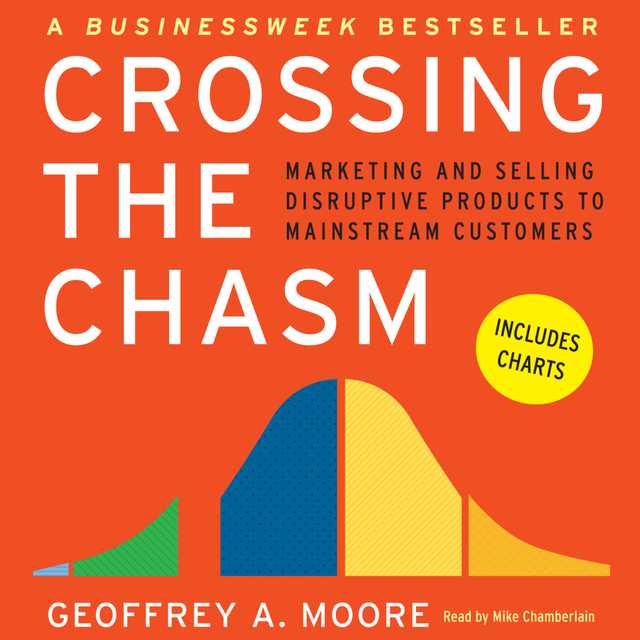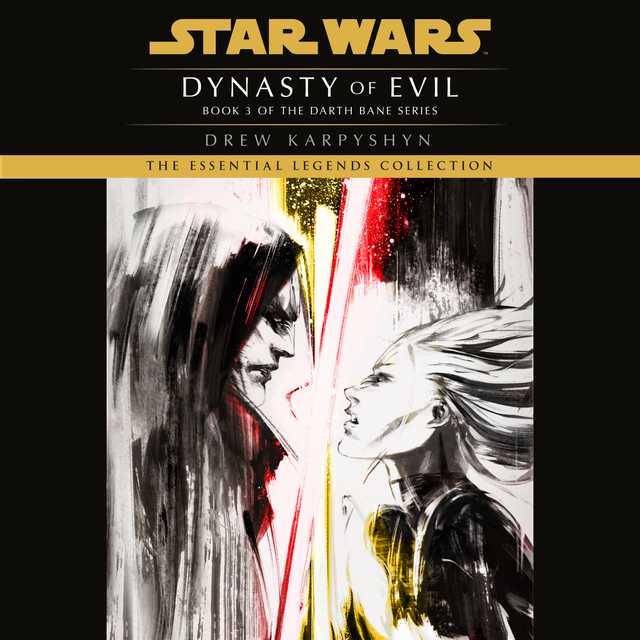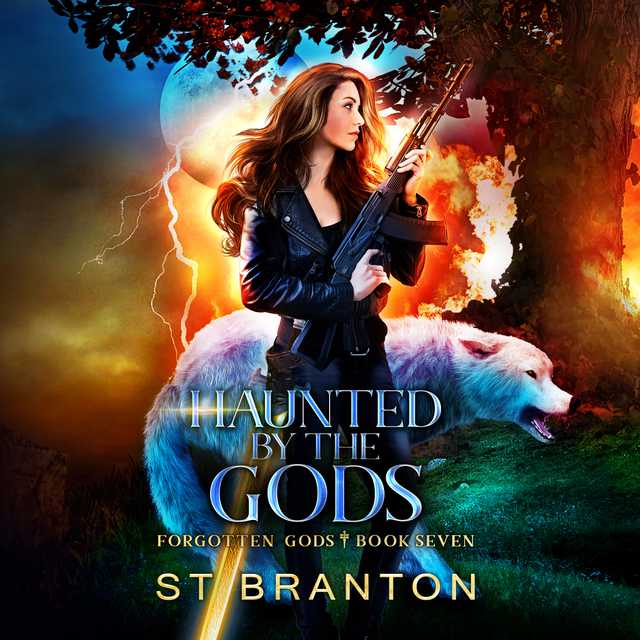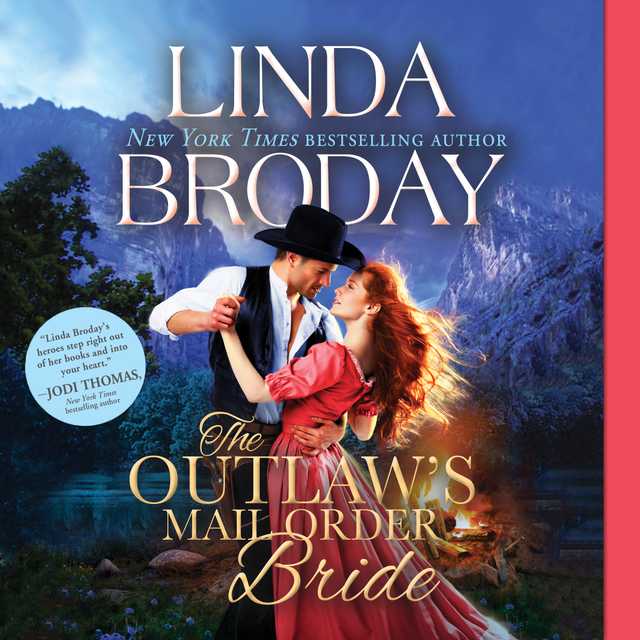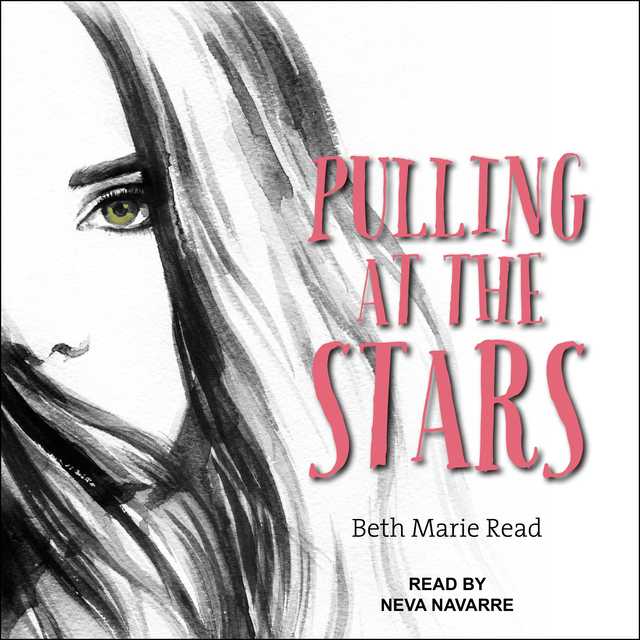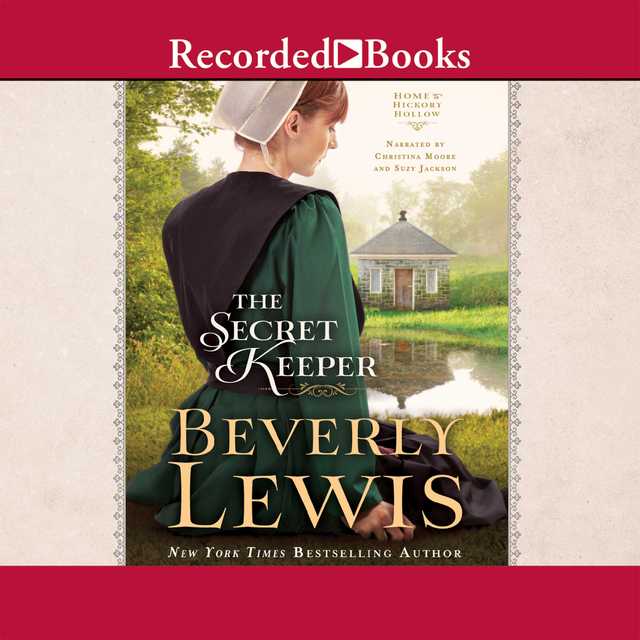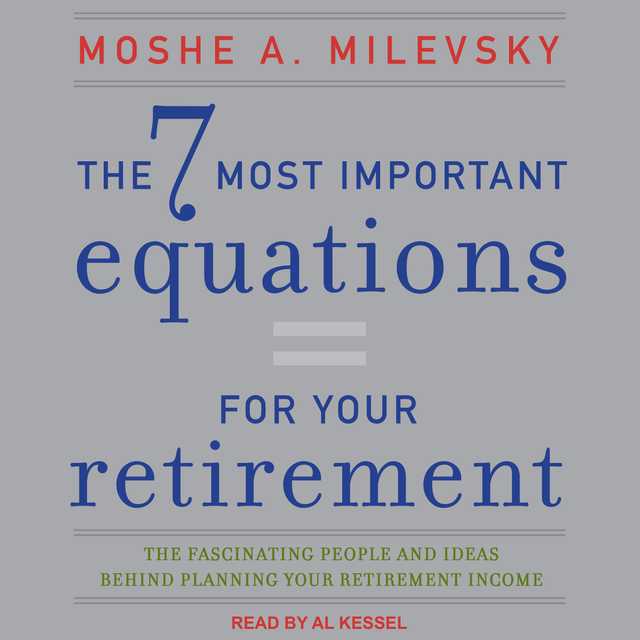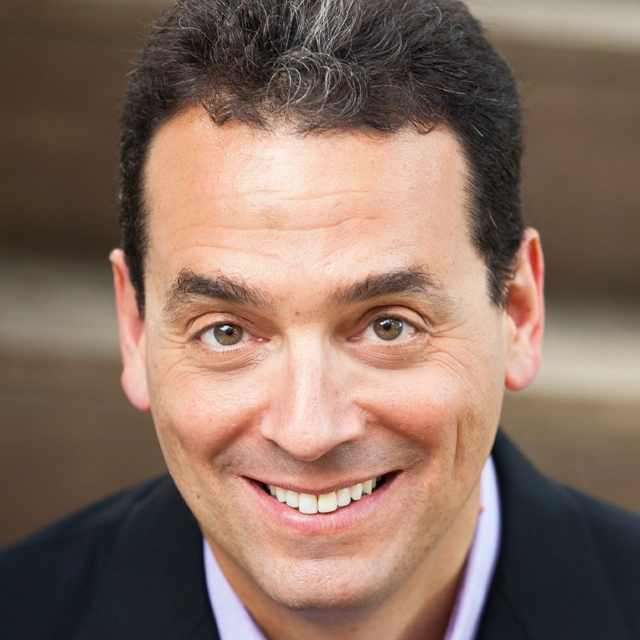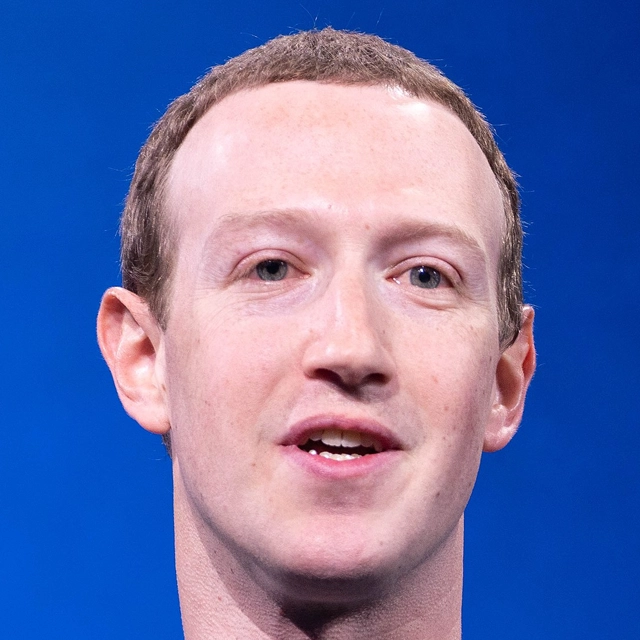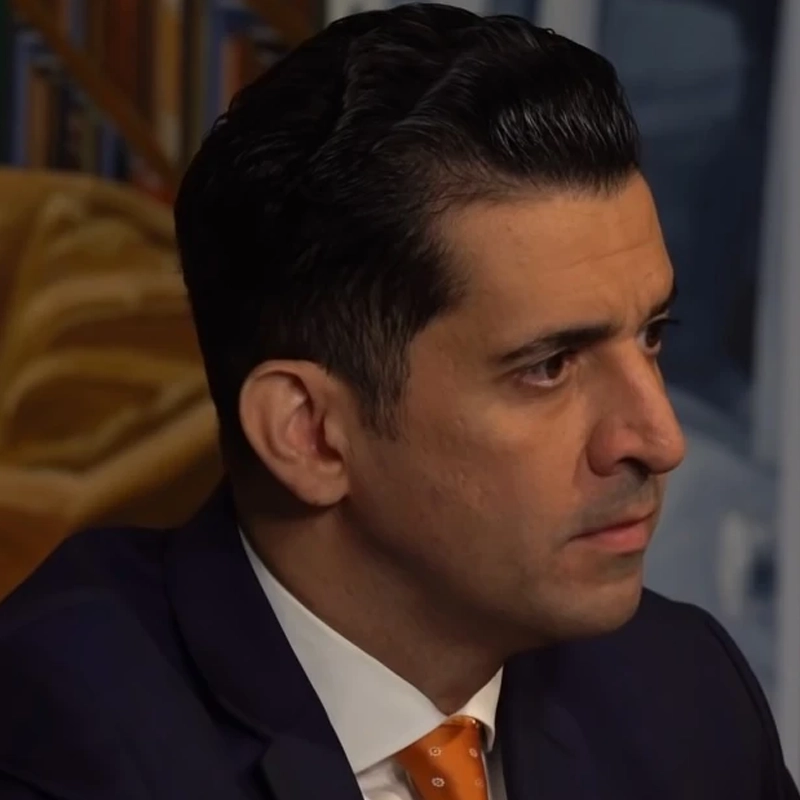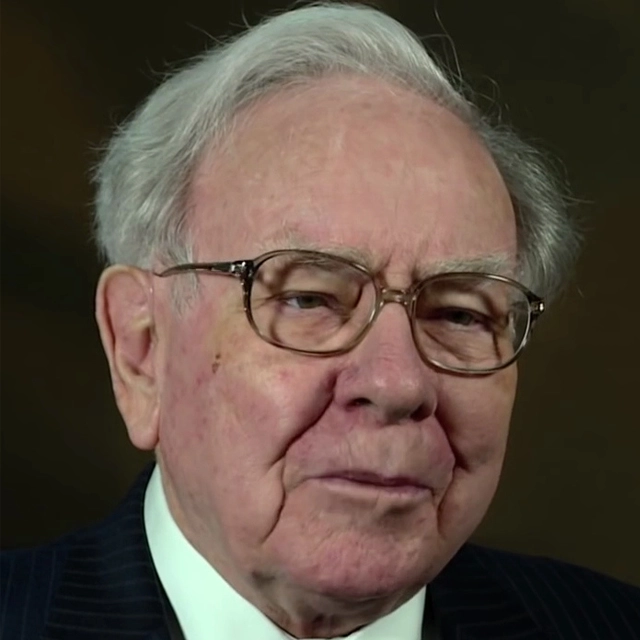Crossing the Chasm Audiobook Summary
Here is the bestselling guide that created a new game plan for marketing in high-tech industries. Crossing the Chasm has become the bible for brining cutting-edge products to progressively larger markets. This revised and updated edition provides new insights into the realities of high-tech marketing, with special emphasis on the Internet. It’s essential reading for anyone with a stake in the world’s most exciting marketplace.
Other Top Audiobooks
Crossing the Chasm Audiobook Narrator
Mike Chamberlain is the narrator of Crossing the Chasm audiobook that was written by Geoffrey A. Moore
Geoffrey A. Moore is the author of Escape Velocity, Inside the Tornado, and Living on the Fault Line.
About the Author(s) of Crossing the Chasm
Geoffrey A. Moore is the author of Crossing the Chasm
More From the Same
- Author : Geoffrey A. Moore
- Escape Velocity
- Inside the Tornado
- Publisher : HarperAudio
- Abraham
- American Gods [TV Tie-In]
- Dead Ringer
- House of Sand and Fog
- Prey
Crossing the Chasm Full Details
| Narrator | Mike Chamberlain |
| Length | 9 hours 45 minutes |
| Author | Geoffrey A. Moore |
| Category | |
| Publisher | HarperAudio |
| Release date | December 11, 2012 |
| ISBN | 9780062262714 |
Subjects
The publisher of the Crossing the Chasm is HarperAudio. includes the following subjects: The BISAC Subject Code is Business & Economics, New Business Enterprises
Additional info
The publisher of the Crossing the Chasm is HarperAudio. The imprint is HarperAudio. It is supplied by HarperAudio. The ISBN-13 is 9780062262714.
Global Availability
This book is only available in the United States.
Goodreads Reviews
Jeff
October 01, 2020
In 2003 I reached a simple conclusion: I knew nothing about Marketing. Having created a Marketing company during college (after owning several businesses and spending more than a year selling advertising for a newspaper) with paying customers and everything!So, I immersed myself in learning everything possible about Marketing in the context of small privately held firms. After seven years, I can honestly say that I now know nothing about Marketing... except that I know more than 99% of the people who claim they do.This book changed my life, and the lives of my clients. I bought it in April 1999 and skimmed it. But it was not until April 2009 that I dug in to learn its secrets. I was simply amazed.If Marketing touches any part of your business (or personal) life, you must buy, read, and re-read this book. Until you understand the power of referenceability, may I be so bold as to suggest that you are clueless about Marketing?
Charles
July 18, 2012
A little knowledge can be a dangerous thing. This book lays out the mechanics of formulating and evolving a marketing strategy by exploring an extreme boundary case: introducing a fundamentally new product to the marketplace. The principles are relevant to all businesses everywhere. However, it would be wrong to view this book as a simple roadmap, because it is very hard to know where on the map you're starting. Do you really have something that will be regarded as a "disruptively innovative product", or is it really just an incremental advance, subject to the rules of one of Moore's later books, such as the Gorilla Game? The most basic point of this book is that the tactics that serve you well at one stage will sink you in the next, so you better orient yourself properly before shouting and writing big checks.That warning aside, this book belongs on the shelf next to other hallowed volumed of condensed wisdom like The Art of War, The Prince, and How to Shit in the Woods -- All illuminating, and all easily misused.
Abdelrahman
January 25, 2019
For a reason, this book should be labeled as a textbook, not like a free-time one. It took months to finish it and yet I believe I need to recap, revise and find other summaries for it. Although I got the 1997 edition, it is yet relevant to the high tech industry nowadays. Yet, found it hard to get the examples of the 90s companies that are no giants, or even exists, now.
Maurício
August 05, 2017
So, product development!I wasn't really sure if this was going to be for me (and the latest edition is form 1998, so, it might have been a bit dated) but this was actually a great surprise. The idea of the chasms when marketing products, specially in tech, really resonates with what happens in the market and we can compile a huge list of companies and products that have died somewhere along the way while trying to cross one of the chasms to become a mainstream product.The book defines markets as groups that can refer to themselves, since you can't really hope a doctor will refer and have many friends in architecture, so the main goal is to be able to create a presence in a market where people can refer and talk about your product among themselves as you can't possibly pay for marketing for every single person there.The charms are defined as innovators, the first market, where you excite the people most interested in whatever new thing you have (think about the first geeks buying smart home appliances). These people are mostly interested in the novelty of your stuff and will try to direct the product, they're extremely helpful in trying to come up with an actual product at the end but focusing too much on them will pull you in many different directions, so while it's important to have them on your side, you can't just follow them blindly otherwise you won't be getting anywhere.Then you have the early adopters. These are the people influenced by the innovators you have, they're also interested in the improvement but they will be less engaging than the innovators. These people are less prone to bugs, errors or support requirements but they're the start of your upward race collecting more customers and building a better product that could possibly find it's way to the mainstream market.Then we have the great chasm to reach the skeptics mainstream customers, this is where stuff gets really hard and you'll really need to up your game as the people here are pragmatists and conservatives. They don't want to invest money in something new just because it's shiny, they need a good reason and a working product, some prototype that requires a lot of handholding from an unknown company won't do it here, you must have already sorted out most of the kinks in your product and you need to be ready to own the market. To do this the book offers segmentation, preparing a D Day operation to attack a very specific market that you can corner and own, since being the top brass in such market makes these pragmatists and conservatives much more likely to buy from you. This requires focus and forfeiting embrace everything solutions (that wouldn't work, anyway) and will give you much better results.The book then goes about pricing (and it's a great discussion, like how much money you need to be making to have an actual sales force and product price point), partnerships and other stuff involved. All in all it offers a great perspective and techniques to break into markets, develop products and growing. It's small, direct and focused, definitely recommended.
Vlad
March 07, 2019
I didn't know much about marketing, so this gets 5 starsThe book adressed a lot of issues relevant to my current company directly.First of all, the chasm model applies in B2B scenarios. This is not a b2c marketing book even if some ideas do apply.What I found interesting was that this book provides this model describing 5 different types of customers. Then we find ways in which to address these customers, the proper timings, the proper sales pitches, the product pricing, the competitors, the strategic partnerships, the development team, and even the compensation appropriate for the team, in order to attack each of the 4 market segments (1 market segment, or psychographic, as the author calls it, being pretty unapproachable).Awesome book.For me it would be an honest 4.5, as I didn't see a lot of references to more formal papers, but just to a few other books, and I don't want to just trust the author's wisdom on this, even if the book seems full of good ideas, and great explanations, and showcases nice ways of thinking about problems.I recommend this to anyone living in a capitalist system, seriosly....But more seriously indeed, this is very good for developers that work in product companies. All of the marketing, sales and management stuff will make a hell of a lot more sense after this book! For marketing and sales people I'm not sure what to recommend, but the book does claim to create a common vocabulary for the different departments of an organization, so dunno, maybe try it, marketing/sales/management folks!Enjoy!Also, if anyone knows a good B2C marketing or sales book, feel free to recommend!
Andriy
January 08, 2020
Great analysis of the product lifecycle. Must read for any product manager or entrepreneur.
Carl
January 20, 2019
A very good book about transitioning between marketing and selling from early-adopters to mainstream customers. This transition is called chasm as it doesn’t happen smoothly. There need to be fundamental changes how the company markets and sells it’s product. Mainstream customers need other mainstream customers to recommend your product. That’s right there is the chasm. The solution is to solve niche issues and then expand as you have references from mainstream customers. For example you have document management solution and you start selling it to pharmaceutical companies so they can easily manage their patent application documents.
Laulie
January 20, 2023
My first marketing book ever, and it was far from a disaster. The book includes many interesting concepts, albeit repeated abundantly for maximal retention. Optimal read for people looking to pull their startup out of their baby shoes into adolescence.
Beam
November 11, 2015
[Summary] Successfully getting lead users is different from successfully entering mainstream market. Traditional technological product adoption cycle has a huge flaw on its premise. It assumes that the adoption of the product will automatically diffuse from early users (technologist and visionary users) to followers (early majority, late majority, and laggard). In fact, we should concern about the different set of paradigm in which we use to attract and communicate with both group. Early users will put their focus on technological breakthrough, aiming to achieve superior competitive advantage while taking higher risk. following users, except laggard, will focus more on stability of product innovation to ensure that they will not burn their money for the waste. A large chasm, the major obstacle to achieve mainstream market, occurs between visionary users and early majority. To deal with this, we need to 1) focus our product on niche target market (Remember : being large fish in the small pond is much better than being small fish in the large pond 2) position our product to be a part of existing market, but differentiate it from existing products 3) align core product within supportive value ecosystem (managing it as whole product) 4) set a reasonable price (using value-based or distribution-based pricing) and carefully manage the product through a set of well-selected distribution channels (ranging from salespersons to retail stores).
Nathanael
September 10, 2009
I began this book exploring a product to launch and finished it working in the business services industry. This juxtaposition helped me make sense of Moore's analysis and see its limitations.For high-tech, or most new products, Moore is spot on. There is an adoption curve and the key challenge for success in these kinds of ventures is moving from early adopters to the mainstream. His strategy (summed as 'focus') is the way to conquer this challenge.For services, I'm not as sure. My business is defined as singular events: consultation meetings, coaching sessions, and drafting language for others to deliver. While his advice (narrow focus leads to strong results) does not yet resonate with me. I'm still at the stage of figuring out what I do best and what customers need most. Frankly, most small service businesses (singular self-employed ventures) stay in this stage. Here we tinker, bring others in to solve tough problems. We never reach a 'mainstream.' And we shouldn't: when you can mass-produce professional services, you lose the real value created.All that said, Moore was an entertaining and refreshing read: high-tech (and new product) folks must take him in.
Dmytro
January 14, 2018
I have never stopped to think about how a company gets from an early product into the mainstream, even tho I have been working in tech for ages. Have experienced the chasm so many times, but this is the first time I hear the word itself and had no clue that this is a normal growth process, and there is a logical explanation for what is happening. There are too many eye-opening ideas, including (but not limited to) product lifetime stages, target audiences segmentation, tips on how to cross the chasm, and to my surprise – dealing with early startup employees vs product ownership. I don't think the world will ever be the same again. Work in a startup? Read it. Building a startup? Well, you should have already read it.
Cameron
February 15, 2009
Every MBA that I know has since told me that this is a classic, and I can see why. I never knew where the concept of early adopters and the technology adoption life cycle came from. The book is well written, has a compelling concept -- the "chasm" that must be crossed from visionaries and innovators to mainstream use in tech companies and that this crossing requires completely different techniques and types of people -- and is SHORT. I love short business books.Thanks to Will, my sculptor/alternative energy consulting/visionary friend for recommending this. It has all sorts of interesting implications, well outside of just the tech world for areas as diverse as community building and a career as an artist.
Leonardo
June 02, 2020
** spoiler alert ** Geoffrey reviews the prevailing High-Tech Marketing Model presenting solid reflections of a chasm period of little to no growth when moving from a market of visionaries to pragmatists.He not only presents tactics on how to prepare a strategy for crossing the chasm (target customers, whole product development, partners & allies, competition and positioning), but also comes with valuable insights on how to manage the company's finances and people through this period of transition.
Most Popular Audiobooks
Frequently asked questions
Listening to audiobooks not only easy, it is also very convenient. You can listen to audiobooks on almost every device. From your laptop to your smart phone or even a smart speaker like Apple HomePod or even Alexa. Here’s how you can get started listening to audiobooks.
- 1. Download your favorite audiobook app such as Speechify.
- 2. Sign up for an account.
- 3. Browse the library for the best audiobooks and select the first one for free
- 4. Download the audiobook file to your device
- 5. Open the Speechify audiobook app and select the audiobook you want to listen to.
- 6. Adjust the playback speed and other settings to your preference.
- 7. Press play and enjoy!
While you can listen to the bestsellers on almost any device, and preferences may vary, generally smart phones are offer the most convenience factor. You could be working out, grocery shopping, or even watching your dog in the dog park on a Saturday morning.
However, most audiobook apps work across multiple devices so you can pick up that riveting new Stephen King book you started at the dog park, back on your laptop when you get back home.
Speechify is one of the best apps for audiobooks. The pricing structure is the most competitive in the market and the app is easy to use. It features the best sellers and award winning authors. Listen to your favorite books or discover new ones and listen to real voice actors read to you. Getting started is easy, the first book is free.
Research showcasing the brain health benefits of reading on a regular basis is wide-ranging and undeniable. However, research comparing the benefits of reading vs listening is much more sparse. According to professor of psychology and author Dr. Kristen Willeumier, though, there is good reason to believe that the reading experience provided by audiobooks offers many of the same brain benefits as reading a physical book.
Audiobooks are recordings of books that are read aloud by a professional voice actor. The recordings are typically available for purchase and download in digital formats such as MP3, WMA, or AAC. They can also be streamed from online services like Speechify, Audible, AppleBooks, or Spotify.
You simply download the app onto your smart phone, create your account, and in Speechify, you can choose your first book, from our vast library of best-sellers and classics, to read for free.
Audiobooks, like real books can add up over time. Here’s where you can listen to audiobooks for free. Speechify let’s you read your first best seller for free. Apart from that, we have a vast selection of free audiobooks that you can enjoy. Get the same rich experience no matter if the book was free or not.
It depends. Yes, there are free audiobooks and paid audiobooks. Speechify offers a blend of both!
It varies. The easiest way depends on a few things. The app and service you use, which device, and platform. Speechify is the easiest way to listen to audiobooks. Downloading the app is quick. It is not a large app and does not eat up space on your iPhone or Android device.
Listening to audiobooks on your smart phone, with Speechify, is the easiest way to listen to audiobooks.

